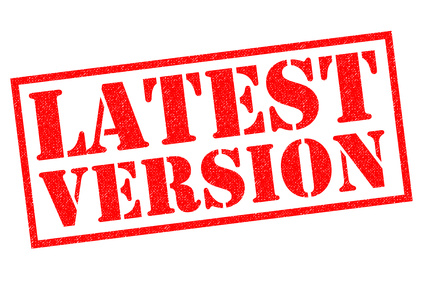Download the PHP package tobento/app-block without Composer
On this page you can find all versions of the php package tobento/app-block. It is possible to download/install these versions without Composer. Possible dependencies are resolved automatically.
Please rate this library. Is it a good library?
Informations about the package app-block
All versions of app-block with dependencies
PHP Build Version
Package Version
Requires
php Version
>=8.0
tobento/app Version ^1.0.7
tobento/app-console Version ^1.0
tobento/app-crud Version ^1.0
tobento/app-http Version ^1.0
tobento/app-migration Version ^1.0
tobento/app-view Version ^1.0
tobento/app-user Version ^1.0
tobento/app Version ^1.0.7
tobento/app-console Version ^1.0
tobento/app-crud Version ^1.0
tobento/app-http Version ^1.0
tobento/app-migration Version ^1.0
tobento/app-view Version ^1.0
tobento/app-user Version ^1.0
The package tobento/app-block contains the following files
Loading the files please wait ....


